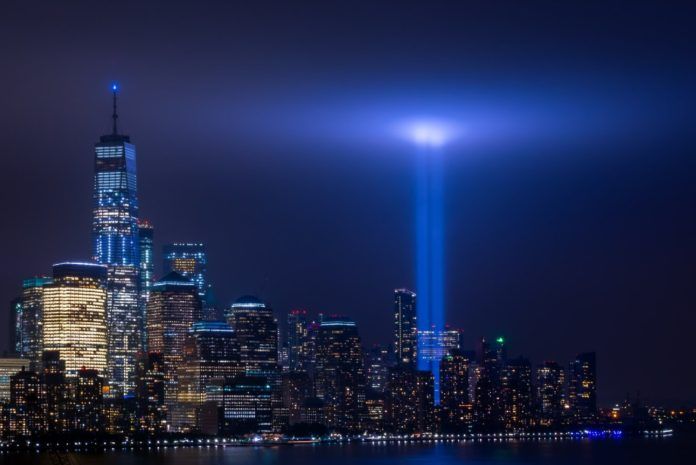
The grim milestone of the 20th anniversary of 9/11 should cast an uncomfortable spotlight on the safe evacuation of buildings. It’s an issue that should be of concern now.
Some contractors are reducing specifications for 60 minutes of integrity and insulation down to 30 minutes. Some are going further, reducing down to 30 minutes of integrity only. This will contain fire for a limited period but not the radiant heat. That radiant heat could set off secondary fires, nullifying the whole purpose of containment.
The justification is that the building could easily be evacuated within 30 minutes. On that assumption, why pay extra for more protective glazing systems? The answer is 9/11. Fewer than 9% of the occupants of the World Trade Center immediately evacuated after the alarms sounded. The average start up time before people began to move to the exits was between five and eight minutes.
More than 90% of survivors delayed evacuating the buildings in order to save their work, shut down computers, change their shoes or visit the bathroom. Interviews with 271 survivors who worked in the twin towers found that only 8.6% evacuated as soon as the alarm was raised. The vast majority (91.4%) stayed behind waiting for information or carrying out at least one additional task, including phoning their family and collecting belongings.
It’s all down to psychology because, when a fire alarm sounds, our first instinct is to look for evidence of a fire. Without evidence, we assume it’s a fire test or a false alarm. Until we know for certain, we do nothing.
That period of inactivity is called “pre-movement time”. There is no obvious threat, so why pay attention to a false alarm?
In any case, a fire alarm can simply be confusing. If we accept that the alarm might be real, we still don’t know where the threat is coming from.
Nobody wants to evacuate until we know that our escape route is safe. In other words: more delay.
It’s estimated that as much as two-thirds of the time it takes people to exit a building after an alarm is start up time. Nor do some people evacuate if their managers aren’t evacuating. People don’t want to seem foolish.
Then there’s exit choice behaviour, because people don’t always exit a building by designated routes. They’ll often choose to leave using a familiar route: maybe the route they take to arrive at their desks in the morning.
But behaviour isn’t only about individuals. Groups of people can influence one another. People might want to evacuate with colleagues, slowing the entire process down.
In a shopping centre, evacuations might involve families with elderly relatives or small children.
All of those factors, and many others, influence the level of protection that should be applied within a particular building.
Our internal and external advanced glazing systems can provide protection for up to 120 minutes. We have also carried out live testing against a lorry bomb.
The real reason why some contractors are reducing fire specifications is cost. A glazing system providing 30 minutes of protection costs less than one giving 60 minutes of protection. And an integrity-only system is cheaper than one for integrity and insulation. Maybe, in remembering 9/11, we should also remember the psychology of evacuation.
Jane Embury
Director of Wrightstyle



